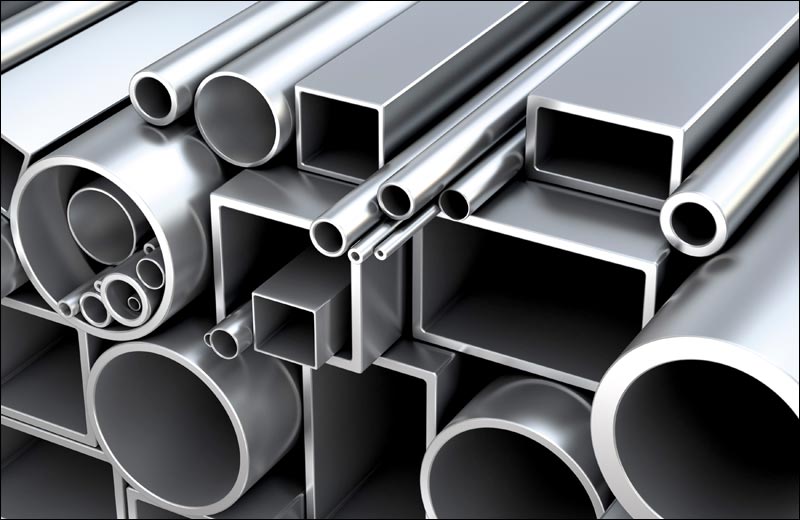Who and when invented stainless steel?
Stainless Steel is an alloy of chromium and iron. When interacting with air and water, it does not rust, remains shiny and can be further polished if desired.

Chromium, which has a great similarity with oxygen, forms a chromium oxide layer on iron, preventing iron and oxygen from touching each other.
Harry Brearley (18 February 1871 – 14 July 1948) was an English metallurgist, credited with the invention of "rustless steel" (later to be called "stainless steel" in the anglophone world). Based in Sheffield, his invention brought affordable cutlery to the masses and saw an expansion of the city's traditional cutlery trade.
Harry Brearley (1871-1948) headed the research team of a research company in Sheffield, England, working on creating a metal that would prevent rifle barrels from rusting. Brearley was working on iron-chromium alloys, which are known to have higher melting points. Brearley aimed to find the most efficient result by changing the chromium ratio he used in his mixture between 6 percent and 15 percent, and finally settled on a mixture of 12.8 percent chromium and 0.24 percent carbon. The alloy was extremely rust-proof, and Brearley realized that his invention could also be used in kitchen products.
Brearley was not the first to discover alloys of chromium and iron. French Metallurgical Engineer Pierre Berthier (1782-1861) had made a similar alloy, and other Metallurgical Engineers were working on solving similar problems at the time. Metallurgical Engineer Leon Guillet, who worked on iron and nickel alloy in 1906, also has an important place in history.
In 1908, the Krupp Ironworks Company in Germany built the hull of a yacht from an alloy of chrome and nickel, but unfortunately that yacht sank.
